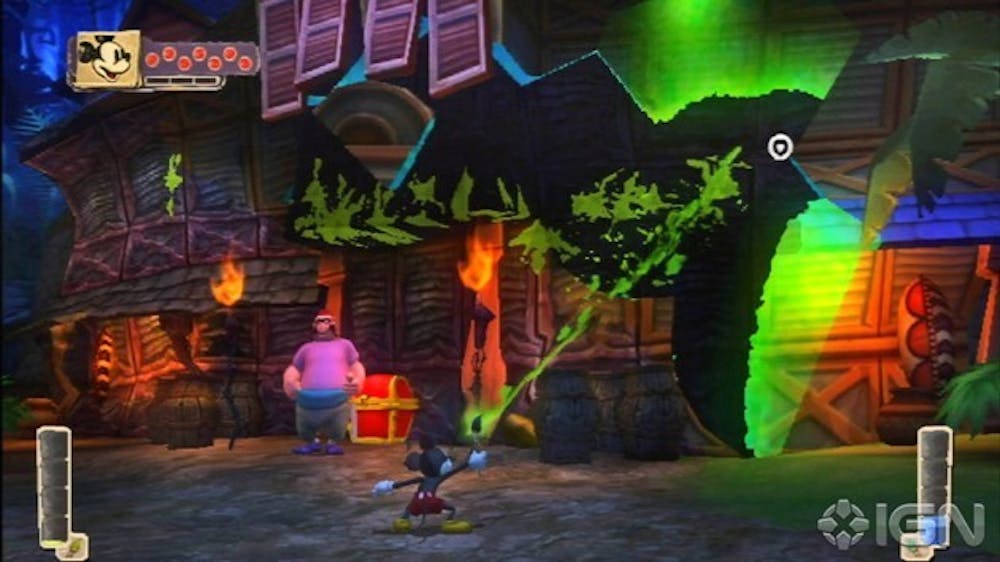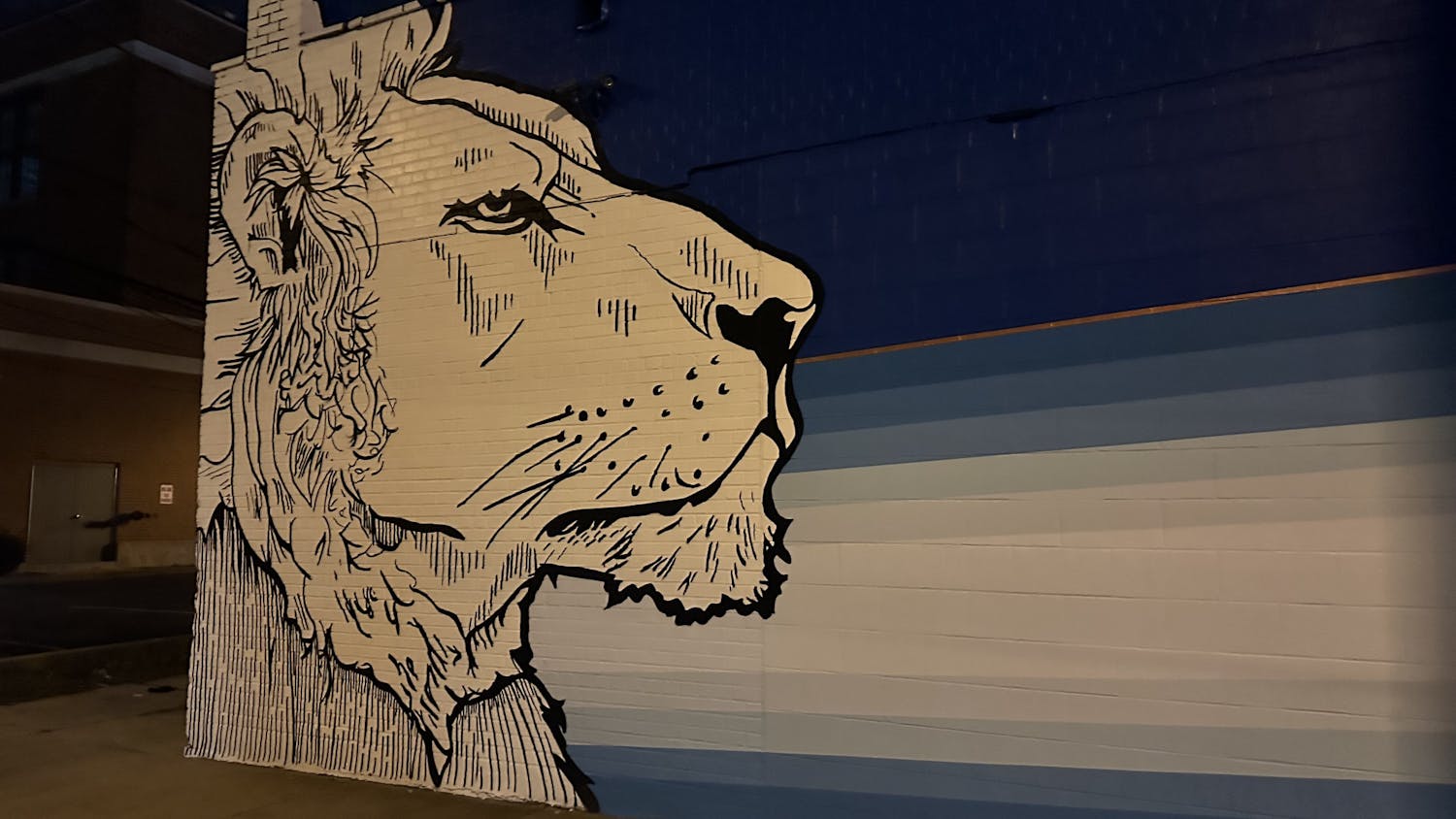Grade: C-
Like most failing franchises, all Mickey Mouse needed was a gritty reboot to place him back in the hearts and minds of children around the world.
Sadly, all thoughts of the mouse with the largest ears on television will be negative after kids get their hands on Warren Spector's interpretation of the age-old rodent in Epic Mickey.
Like many games before it, Epic Mickey's appeal is limited to the ease of control of its main protagonist, and after spending five minutes with the game, players will groan, as the camera can almost never quite capture the on-screen action.
The landscape is one that has never been explored by the mouse's eccentric designer, and the barren wasteland makes the perfect place for the attempted narrative Spector presents. The game plays as any platformer should. Buttons include a jump, a simple attack, and a few bells and whistles, but the game mostly stays true to its two-dimensional roots.
Though it has been nearly 15 years since the rodent has appeared in native 16-bit systems, players will get to relive the experience in the many side-scrolling levels that litter the game's wasteland.
While the wasteland is a true graphical delight, the level designs are so repetitive that players can enjoy a similar backdrop for the entirety of the game's 12 hours of story mode.
The story of the game is one that is so clichéd that it makes playing it more of a pain than a pleasure. Walt's proto-Disney mascot, Oswald the Lucky Rabbit, begins as the game's antagonist but slowly begins to love the Disney icon just as much as, or a little more than, a 1930s American.
Similarly, the plot begins as a dark and cynical memorial to gamers' childhoods but slowly morphs into something that can be instantly forgotten.
Mickey, wielding Yen Sid's magical paintbrush, traipses around the less than magical environment and can either return the color stolen from the landscape or continue its destruction by removing what little architecture still inhabits the ruinous land. This artistic system consists of using blue paint to create what was once existent or using green paint thinner to erase the game's obstacles.
Theoretically, this system should sustain the game's playability beyond an hour, but the manipulation of a game's world is less enjoyable than one would originally believe.
Cinematics are done in a truly unique fashion as cell-shaded art brings Epic Mickey's plot to life. However, without the use of in-game video, the game is left with little choice but to use text bubbles to convey conversations.
This wouldn't be so bad if the game designers hadn't chosen to leave out voice acting and replace it with noises that are reminiscent of nails on a chalkboard. While this has worked in the past for AAA titles like Banjo-Kazooie, it has absolutely no place in this generation's platformers.
Boss battles are occasionally optional, but they are always lacking in difficulty. Their tactics are foreseeable and weaknesses apparent, and most of them can be beaten with little to no struggle.
In between the boss fights, the quests are even more irritating than their simple-minded overlords. They often require fetching an item from an unexplored location or chatting with one of Disney's obscure creations, whom Mickey Mouse himself doesn't remember.
That seems to be the running joke in Epic Mickey. The plot, its characters and its once harmonious landscape have all been discarded and forgotten. This joke is rather sad, as the game does nothing to change the minds of its players.
While it seems that Spector has failed to create the world's first truly immersive Mickey experience, this is perhaps the closest anyone has come to creating a game befitting of the rat king.
E-mail: arts@ubspectrum.com





